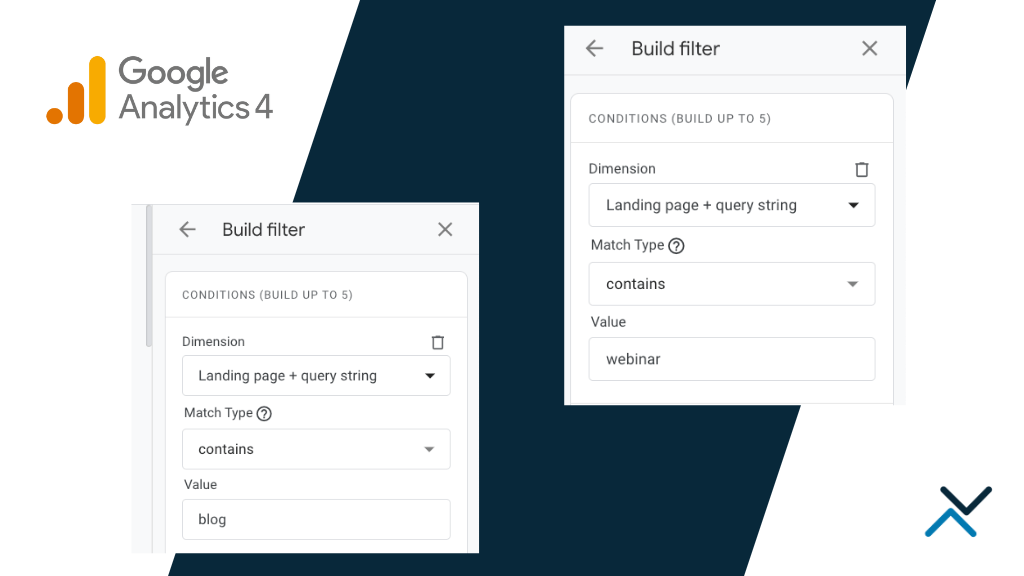What is a Nofollow Link?
A nofollow link is an attribute added to a standard link that instructs Google (and other search engines) to not follow it. This helps Google focus its crawling on other links on a page and helps website owners limit how much equity they pass to other websites.
Standard Link: href=”site.com”
Nofollow Link: href=”site.com” rel=”nofollow”
This type of link (rel=”nofollow”) was first introduced and recommended by Google to try to curb excessive spam from clogging up search results through link spamming. Early SEOs and affiliate marketers would obtain links from various sites to manipulate search results. This often included spamming comment sections of blogs, automating social bookmark links, filling forums with backlinks and participating in link farms. With these methods, a link profile could be created quickly and easily.
And you know what? It worked and it worked really well.
However, Google caught on to the practice, and Matt Cutts came in to fight web spam by penalizing web spammers. This, in turn, established the nofollow tag for links and quickly changed the landscape for affiliate marketers, bloggers, forum webmasters, and, of course, SEOs.
Nofollow Links for Affiliates
Before the introduction of nofollow links, affiliate marketers acquired a lot of links fast and ranked their money-driving sites seemingly overnight. Once Google implemented its rules with nofollow links, the SERPs changed drastically, and affiliate sites no longer benefitted from this type of link building. Over the years, affiliate networks made the nofollow tag on links a requirement of participating in their network to become compliant with Google’s guidelines.
Today, this is standard practice for major affiliate networks like Impact Radius and Commission Junction. If an affiliate or the network they belong to chooses not to use the nofollow link attribute, the advertising site could receive a Google penalty and then decide to stop working with that particular network.
Nofollow Links for Blog Comments & Forums
Another common area of the web impacted by the introduction of the nofollow link type is within blog comments and user-generated content on forums, profile pages and social bookmarking sites.
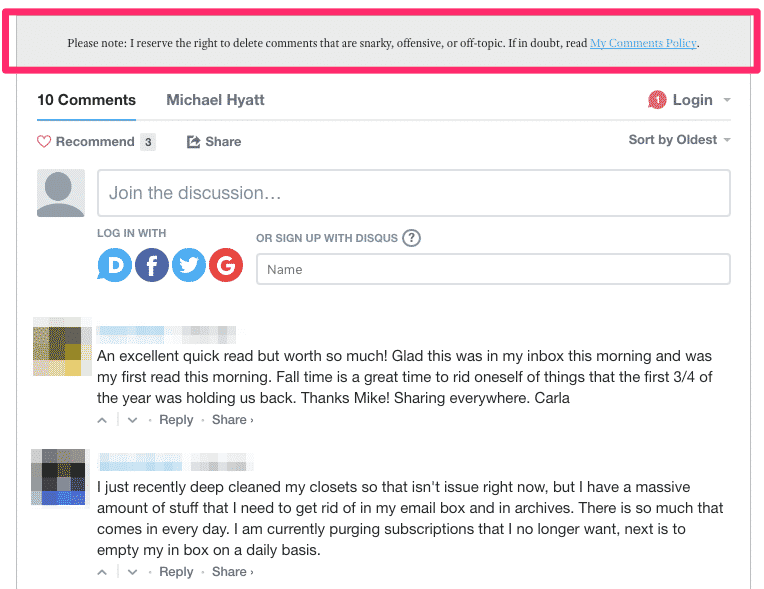
These sites were easy to spam with scripts that created thousands of links in a relatively short amount of time. However, once nofollow was introduced, website owners found the tag useful to divert automatically generated links and overall spam. If a link builder knew the link was not going to be followed by Google and, therefore, not carry much equity to their site, that link became far less attractive.
Nofollow Links in Link Development Strategies
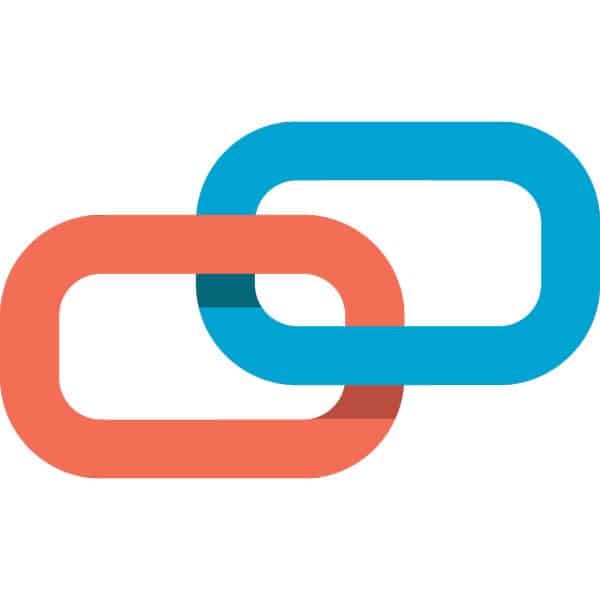
Nofollow links are commonplace in SEO and found within almost every site. Sites prefer to not link out to other sites and choose to use the nofollow tag on most easy-to-spam outbound links. You’ll find this to be common practice in blog comment links (think WordPress comments), forum links, profile links (think Yelp business pages), social bookmarks (what’s left of them) and affiliate links.
Anywhere a link is easy to create, it will most likely carry the nofollow tag to comply with Google’s guidelines.
As mentioned, Google also introduced different types of nofollow links to better define paid (sponsored) links versus those found in user-generated content (UGC). This change helps to distinguish standard nofollow links and further separate them from dofollow links.
Wait, what is a “dofollow” link?
Nofollow vs. Dofollow
In the world of content marketing and link development, there exist two types of links – nofollow and what is defined as “dofollow” among SEOs. This is important to understand in the context of how much equity a backlink can provide to a site.
Link Equity: when a site links to another site or a page within its own site, it passes value from the linking page. As a result, the site or page receiving the value increases its equity.
When a site links to another site without rel=”nofollow”, it is passing equity onto the other site and we call it “dofollow” (for lack of a better name). As Googlebot finds the link without a nofollow tag, they crawl the link and use it to rank the site receiving the link. Passing this type of equity makes the link very valuable as it can help influence search results (depending on where the link is coming from). And unless it occurs naturally in the wild wild web, Google is quick to advise against it.
While SEOs try to acquire as many natural and organic dofollow links as possible to rank a website, it’s important to remember that nofollow links still have value.
What’s the Value of a Nofollow Link?
Since the nofollow tag was first introduced, it has become a widely held belief that nofollow links carry little to no equity. Close SEO colleagues have even mentioned that acquiring nofollow links is a waste of a client’s time and budget.
We know Google claims they do not crawl them, but whether they are valueless is debatable. And while we know a dofollow link carries a substantial amount of equity from one site to another, we shouldn’t discount nofollow links entirely.
Local SEO & Referral Value
Nofollow links can be huge drivers of understated authority, especially in the context of local SEO. For instance, a link from Yelp, the Chamber of Commerce or the Better Business Bureau are guaranteed to have a nofollow tag, but sites like these lend a lot of credibility. These referral sites are essential to a local business’s backlink profile and help establish credibility even though the links contain a nofollow tag.
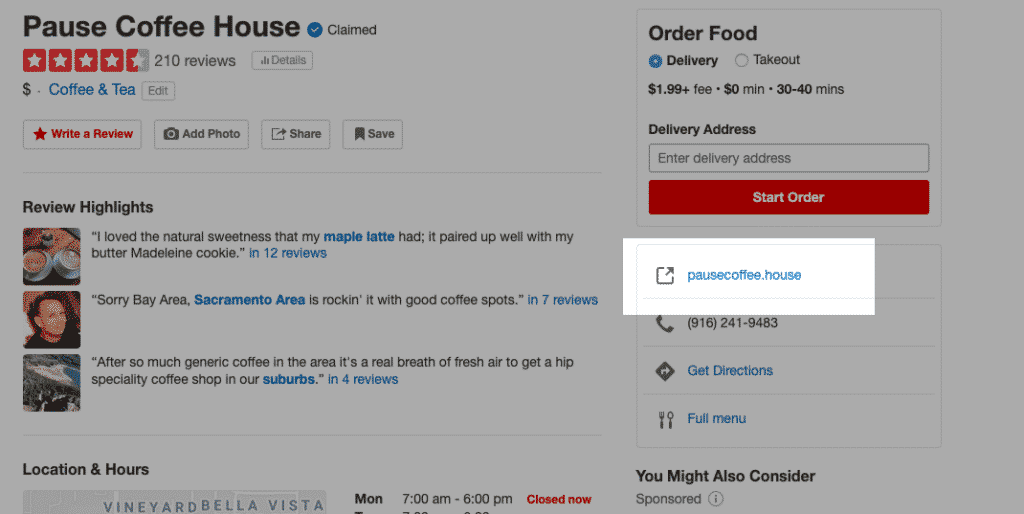
There’s also the aspect of referral traffic driven by nofollow links. Even though a Yelp or BBB link will be nofollowed, it has tremendous opportunity to deliver referral traffic to a site from real readers of the referring site. You might not receive as much SEO value from the link as you prefer, but you get visibility to your brand or product. Be sure to monitor referral traffic reported in Google Analytics to see the true value of these types of links.
Using Internal Nofollow Links
Nofollow links are mostly discussed in the context of content marketing, link building, and outbound links, but they also offer value when used within a site’s internal linking structure. With the right strategy, nofollow links can help Google find a site’s most valuable content.
Conserving Crawl Budget
While PageRank sculpting is a thing of the past, using nofollows to conserve crawl budget is perfectly acceptable. Depending on the size of a site, there may be resources that Google doesn’t need to crawl all of the time and you can help improve crawling.
For instance, on an e-commerce site, you would want Google to prioritize crawling of product pages or frequently changing content over a shipping / return policy, a login page, a ‘forgot password’ page, etc. These are standard resources you are probably not too concerned about from an SEO standpoint. Limiting Google’s crawling of these customer service pages can help prioritize crawling and ranking of more important pages.
Reducing Duplication with Faceted Navigation
Sticking with e-commerce SEO as the example, nofollow tags are also popular for faceted navigation (the refining of shopping results pages). This use of the nofollow tag helps cut down on duplication, often working in conjunction with canonicalized URLs to provide Google with the best data to crawl.
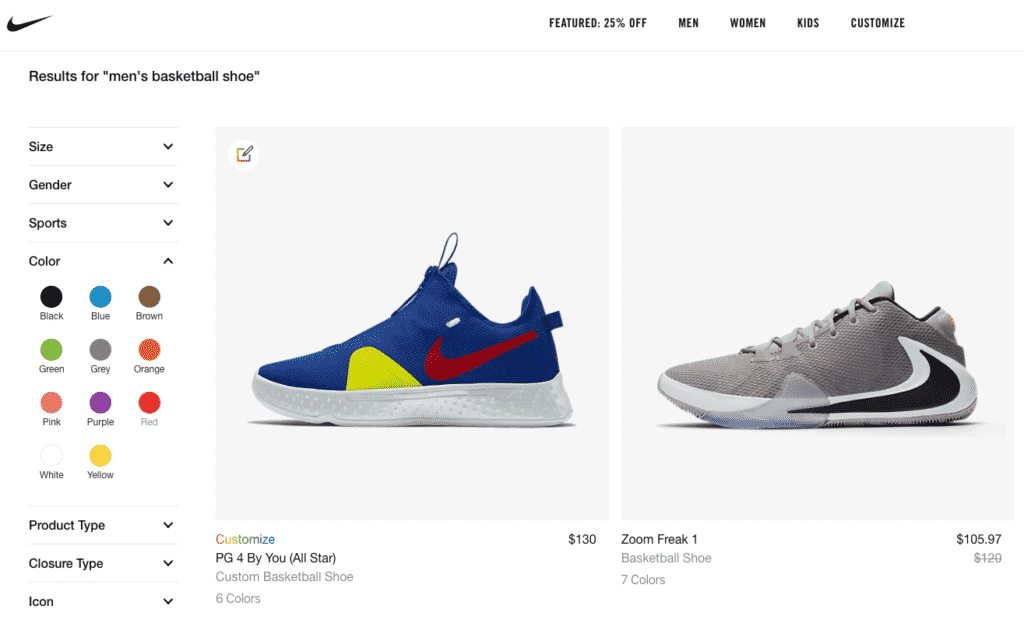
The use case for this type of nofollow tag is as follows:
Let’s say you are shopping for new Nike basketball shoes. The site you prefer to shop with allows you to reach the same set of results through multiple facets and URLs by combining a variety of parameters in the URL.
You search for “nike basketball shoes” and then refine your results by “color = red” and “size = 11” to get the URL store.com/q=nike-basketball-shoes&color=red&size=11. This URL returns results based on the search query and search parameters. However, if you were to add a gender parameter in the URL to get store.com/q=nike-basketball-shoes&size=11&color=red&gender=womens, the content is nearly identical – meta data is unchanged, header tags remain unchanged and the copy on the page most likely remains the same. To Google, it’s a unique URL displaying the same content as another page.
Here it’s important to not only canonical to the preferring URL, but also leverage a nofollow tag to limit the various facets Google could crawl. Without nofollowing various faceted links, you could end up with hundreds of duplicate refinement pages that waste your crawl budget. While e-commerce platforms like Shopify and Salesforce Commerce Cloud try to be SEO-friendly out of the box, there are still enhancements like this to implement.
Common Nofollow Misconceptions
A nofollow link is nothing new in the SEO space. It’s been used for years by website publishers and advertisers alike, acquiring some interesting theories along the way.
“Nofollow Links Can Hurt A Site”
There is speculation that a backlink profile made of mostly nofollow links can hurt a site’s ranking potential or result in a link penalty. The only way a nofollow link could really hurt a site’s potential in Google is if a domain is excessively spammed. Whether the link is nofollow or dofollow, Google only considers spam and penalizes sites accordingly.
This should not be a concern unless you spam a domain with hundreds or thousands of nofollow links.
“Nofollow Links Can’t Help Rank A Site”
Based on what we know about how Google crawls a nofollow link, there is a commonly held theory that a website with nofollow links can’t rank. This may have held some weight in 2010, but it’s not true in modern SEO today. Links, both dofollow and nofollow, are important to a website’s ranking, but a site’s ranking is much more dependent on content and the user experience. Of course, you still want to acquire links pointing back to your site, but keeping content and UX the priority is always recommended.
Most websites achieving successful organic traffic from Google don’t stop to worry about whether a link is nofollow or dofollow. Focus on creating great content and that’s what will rank.
“You Should Nofollow All Outbound Links”
Knowing how a link can pass equity from one site to another, should you add the nofollow tag to all outbound links on a site? The quickest and most appropriate answer is – it depends. Some SEO experts may advise adding a nofollow link to all outbound links on a page to try to preserve the overall value of the page / site. This was a popular notion in 2010, but isn’t the case anymore. Before adding rel=”nofollow” to a link, consider the relevance of the outbound link.
For example, links to social media profiles should not have a nofollow tag. These pages are highly relevant to your business and help Google establish the relationship between your website and your Facebook page, LinkedIn page, Yelp page, etc. You want Google to follow these links and understand that relationship.
If you are on the fence about an outbound link and whether you should use a nofollow tag, ask yourself this:
- Does this link help the user of the site? If yes, you want Google to follow it.
- Is it a paid link to another site? If yes, add rel=”sponsored”.
- Is it a section where users can create their content and add links? If yes, add rel=”ugc” to each outbound link to prevent spam.
If the link doesn’t promote another business or is generated by a website user, it’s probably best to leave it as a dofollow link. More importantly, think of your users first – does the link further help solve the user’s problem?
Wrapping It Up
Nofollow links have changed quite a bit in the last decade and continue to change with the introduction of rel=”sponsored” and rel=”ugc”. As Google continues to fight web spam and organic ranking manipulation, it’s safe to assume the company will continue to refine and improve how it weighs nofollow links.
It’s important to remember that a nofollow link carries less equity than a dofollow backlink, but it’s still valuable. Links from directory sites and local citations may be nofollowed, however, they help establish a business’s credibility and can drive referral traffic to a site. Nofollow tags may also be part of an internal linking strategy as they can help improve crawl budget and reduce duplication.
How have Google’s new rules for nofollow links impacted your SEO strategy? Drop a line in the comments and reach out if you have any questions!


